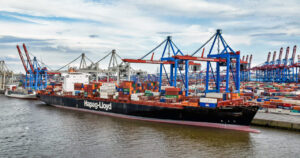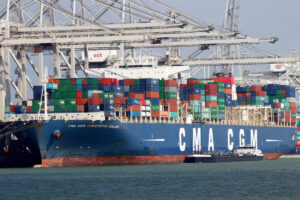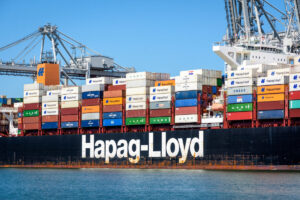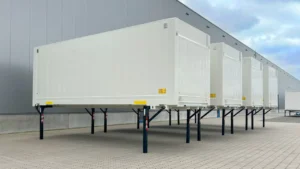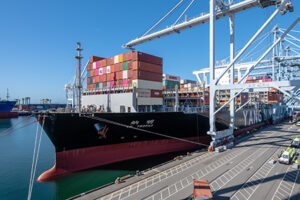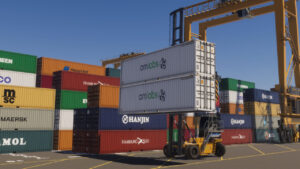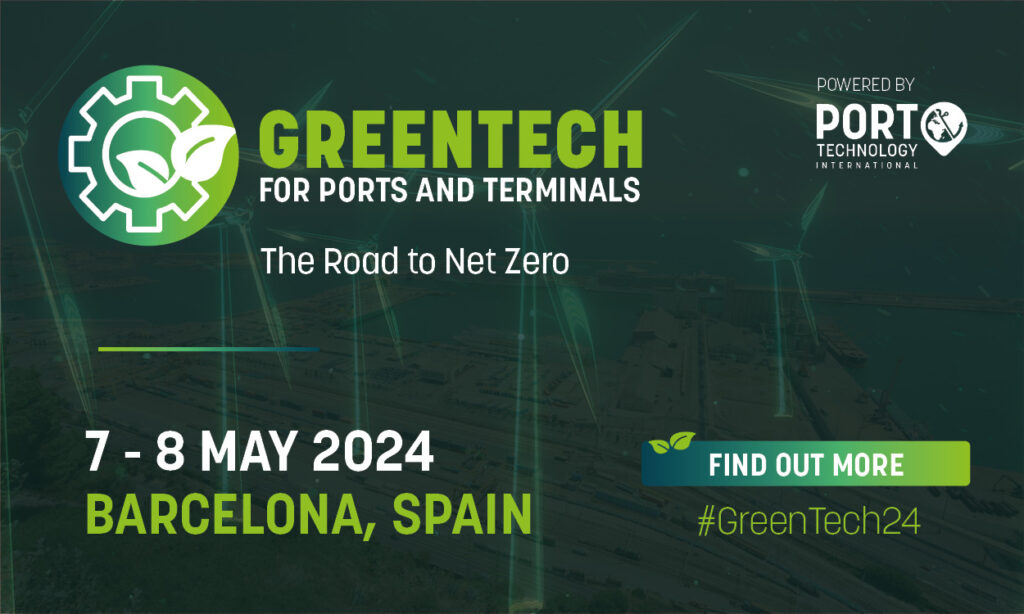Port of Rotterdam has confirmed that its share of the container market has hit a new high since the start of the millennium after container throughput increased by 10.9% to 13.7 million TEU for 2017.
The port’s steady growth over the past five half years has meant that Rotterdam's share of the container market is now at its highest level since 2000 at 31% for 2017 through to Q3.
In its results, Port of Rotterdam stated that it expects the throughput volume to increase further in 2018, with growth in the container sector being lower than its growth in 2017.
Throughput on Maasvlakte 2, Port of Rotterdam’s most sustainable and automated terminal, rose sharply and volume increased at almost all other terminals.
Loaded containers coming through the port increased by 12.1% TEU, which outstripped the 6.1% rise in empty containers.
Rotterdam also handled more weight in 2017, upping its figure by 12.3% to 142.6 million tonnes.
In the second half of the year, tonnage throughput was 14.1% higher — 12.4% in TEU, than in the same period in the preceding year.
Rotterdam gained most of its growth from Asia and South America and traffic from North America.
The ports feeder volume grew 21% in TEU for all European shipping areas and in particular Scandinavia and the Baltic states.
Growth in short sea amounted to 10.2% TEU, with a sharp throughput increase for services to and from the Mediterranean and ScanBaltic.
The hinterland volume also rose by 6.3%.
This growth and the increase in feeder volume confirm the strong position of Rotterdam in the networks of container shipping companies and major alliances.
Read a Port Technology technical paper on the operational philosophy of Rotterdam
Allard Castelein, CEO of the Port of Rotterdam Authority, said: “The port of Rotterdam has had a good year.
“Led by the container sector, goods throughput rose to a record level.
“The container sector is particularly important because it plays an essential role in creating added value such as employment in the port and the hinterland.
“I am also satisfied with the high level of investment because it will allow us to facilitate our new and existing customers even better.
“And we can be happy with the pace at which we are implementing our plans for the energy transition and digitalisation.
“The Port Authority supports the goal stated in the Dutch coalition agreement to reduce CO2 emissions to 49% of the 1990 level by 2030.
“To make this happen, we are now appraising a large number of projects.
“We are also making progress in the field of digitalisation.
“Together with customers, our partners in the chain and digital platforms, we are making sure that the most promising digital innovations are being developed in Rotterdam.
“The Port Authority assumes an active role in the collection of data and information, and in making them available.
“The ultimate goal is to make the port and the logistics chains smarter and to safeguard the seamless throughput of traffic and goods.
“The port will also be faced with the inevitable challenges in 2018, with preparations for Brexit being one of the most important.”



